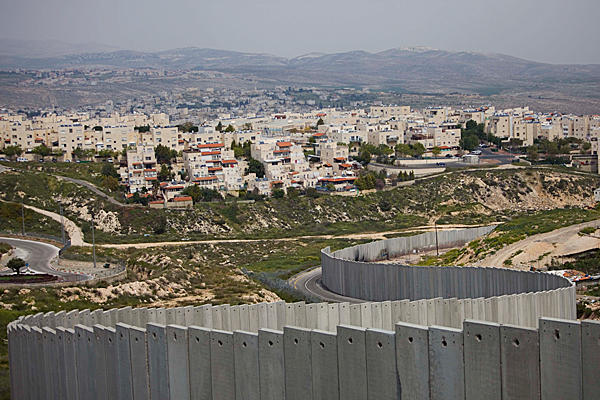Tag: House Demolition
-
Almost three out of four houses in Izbat at Tabib are at risk of demolition
8th May 2014 | International Solidarity Movement, Nablus Team | Izbat at Tabib, Occupied Palestine Izbat at Tabib, a small town of approximately 300 people located in the northwest of the West Bank, has 33 houses with demolition orders pending. The town totals 45 houses, this means that the demolition orders could destroy over 73% the town.…
-
Firms active in the settlements are facilitating abuses of human rights – UN report says
24th January 2014 | European Coordination of Committees and Associations for Palestine | Brussels, Belgium The UN report is the result of a mission investigating Israeli settlements in the West Bank, including East Jerusalem. Information gathered by the mission shows that private firms have enabled, facilitated and profited, directly and indirectly, from the construction and growth of the…
-
Israeli army demolish a house in the Salfit village of Deir Ballut
29th November 2013 | International Solidarity Movement, Nablus Team | Deir Ballut, Occupied Palestine On Thursday morning at five am, the Israeli army demolished a house under construction, and left the area before the owner Ghaneem Mahmoud Abdullah Al-Karim or other villagers were able to arrive at the scene. It is believed that the Israeli…



